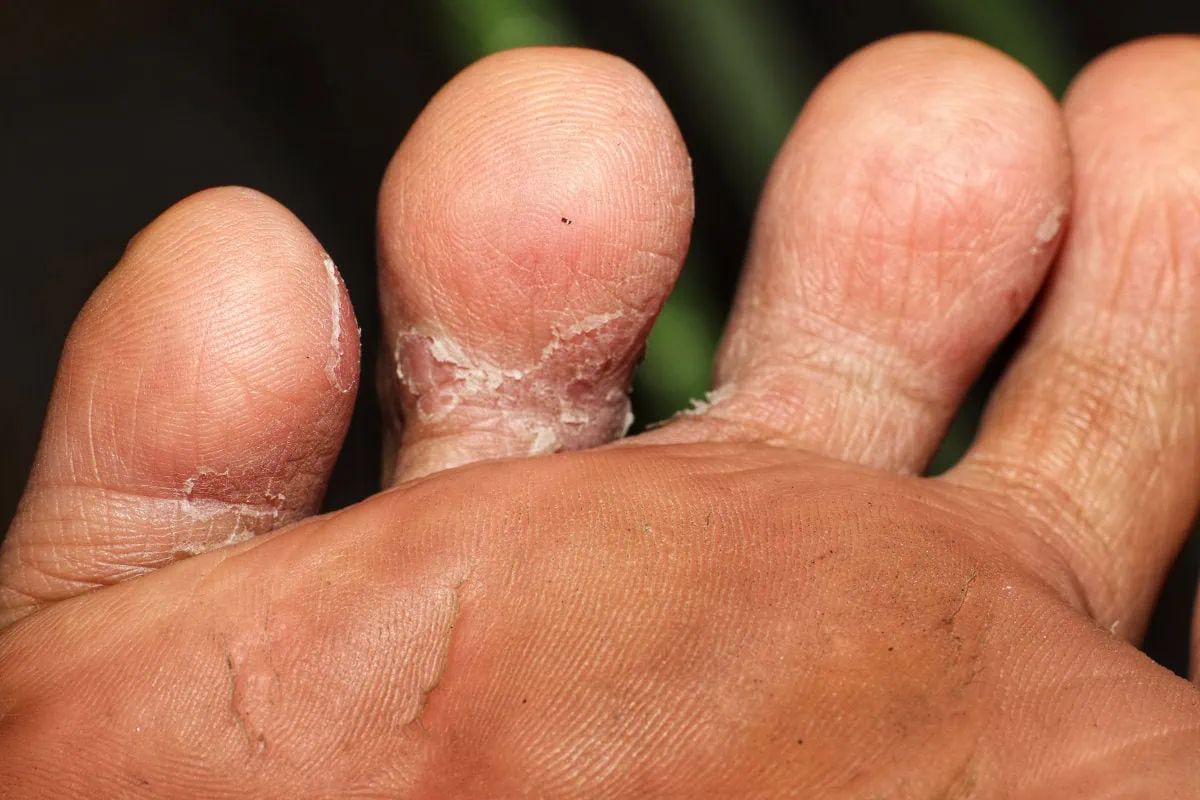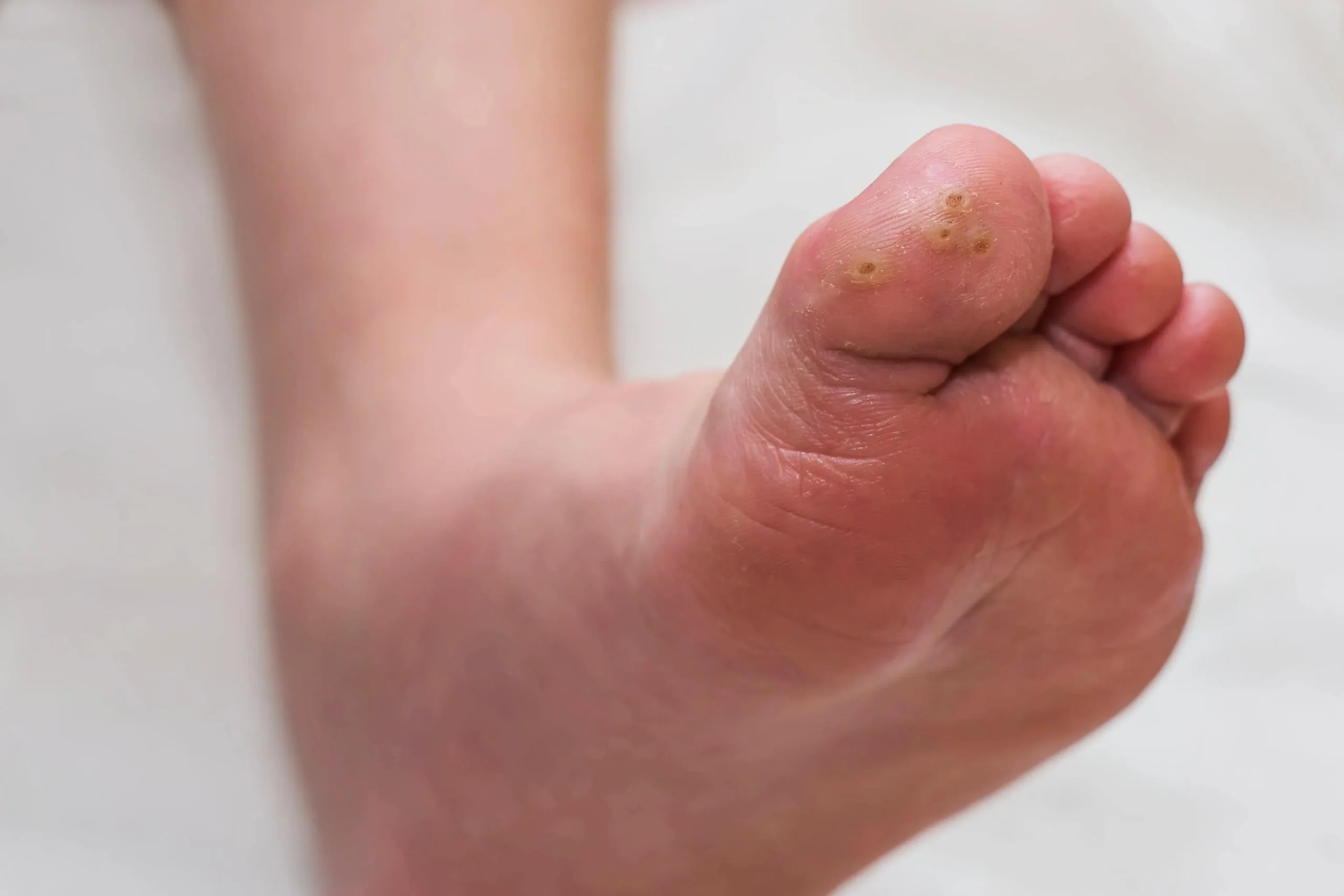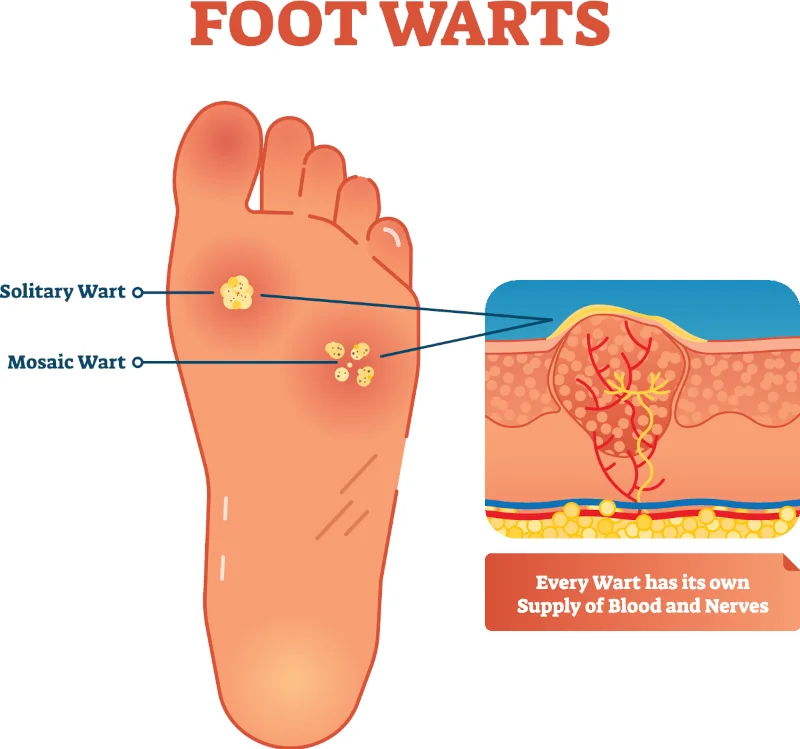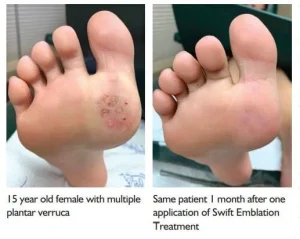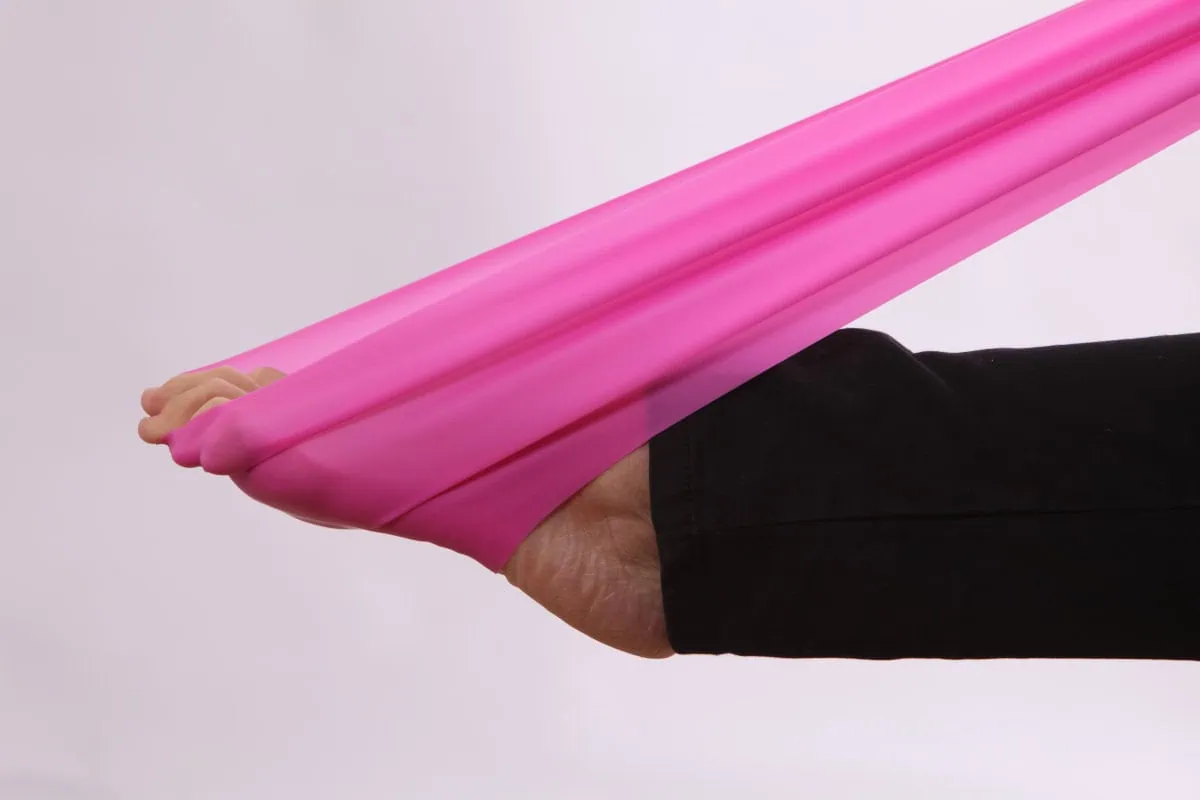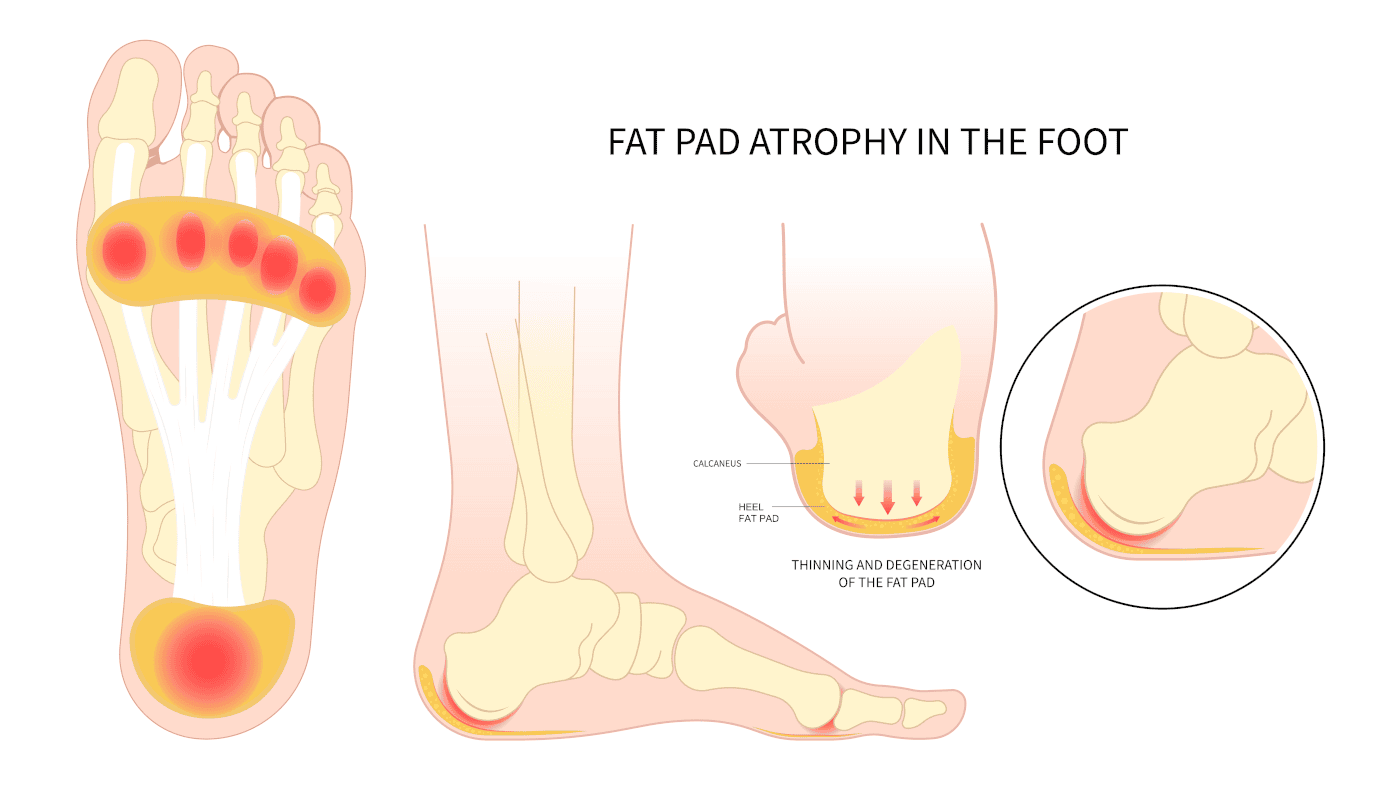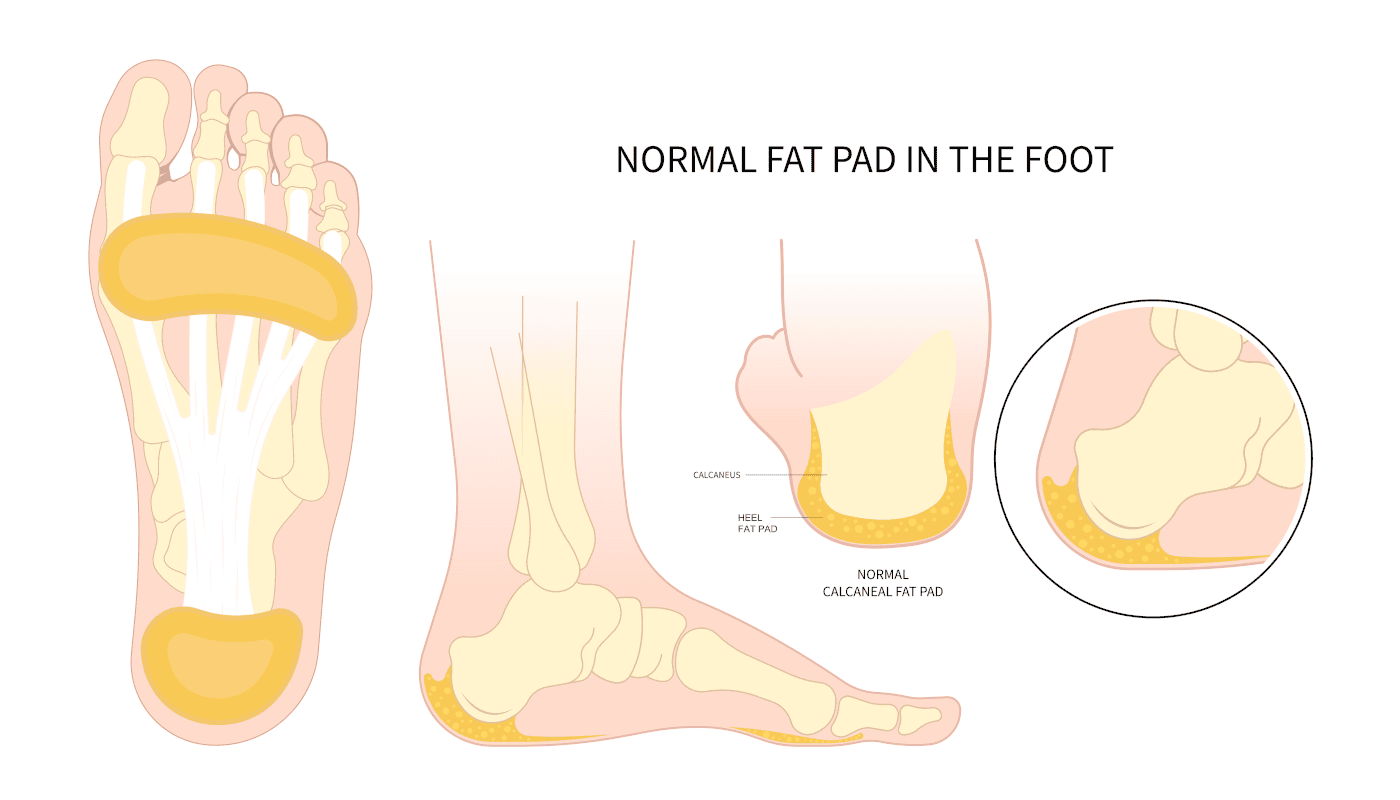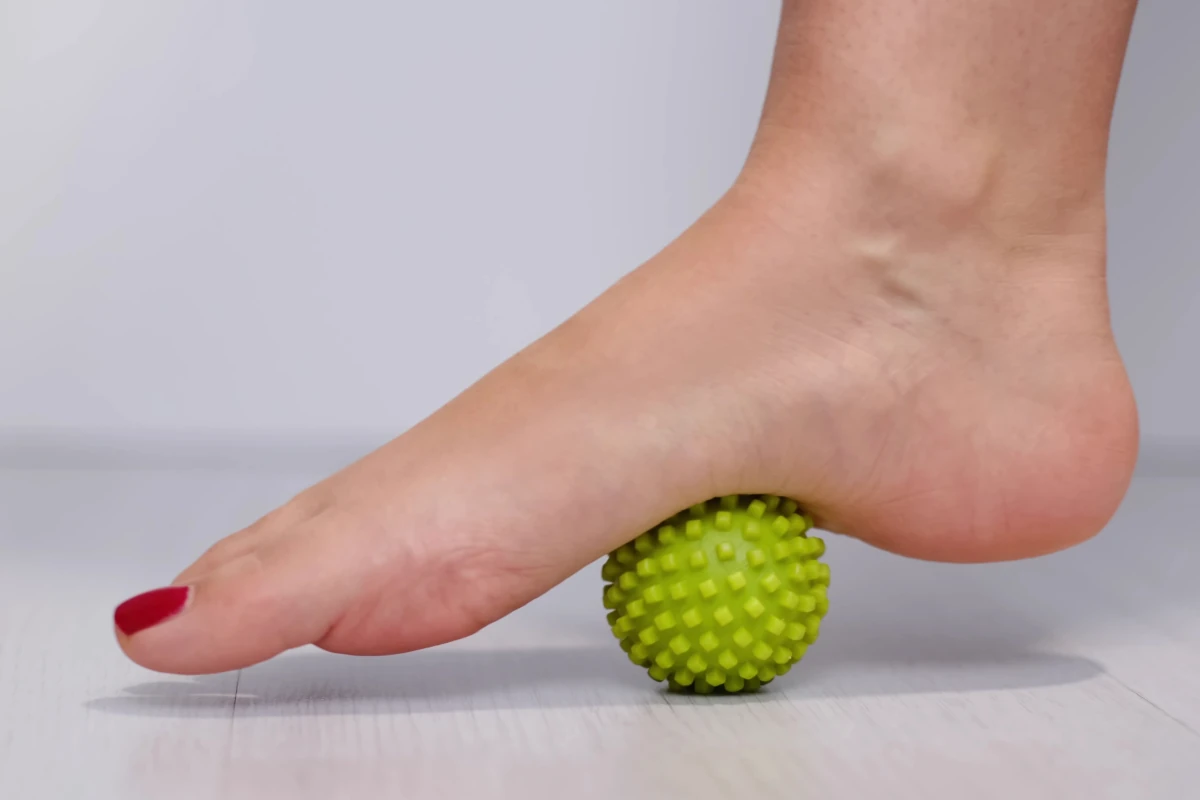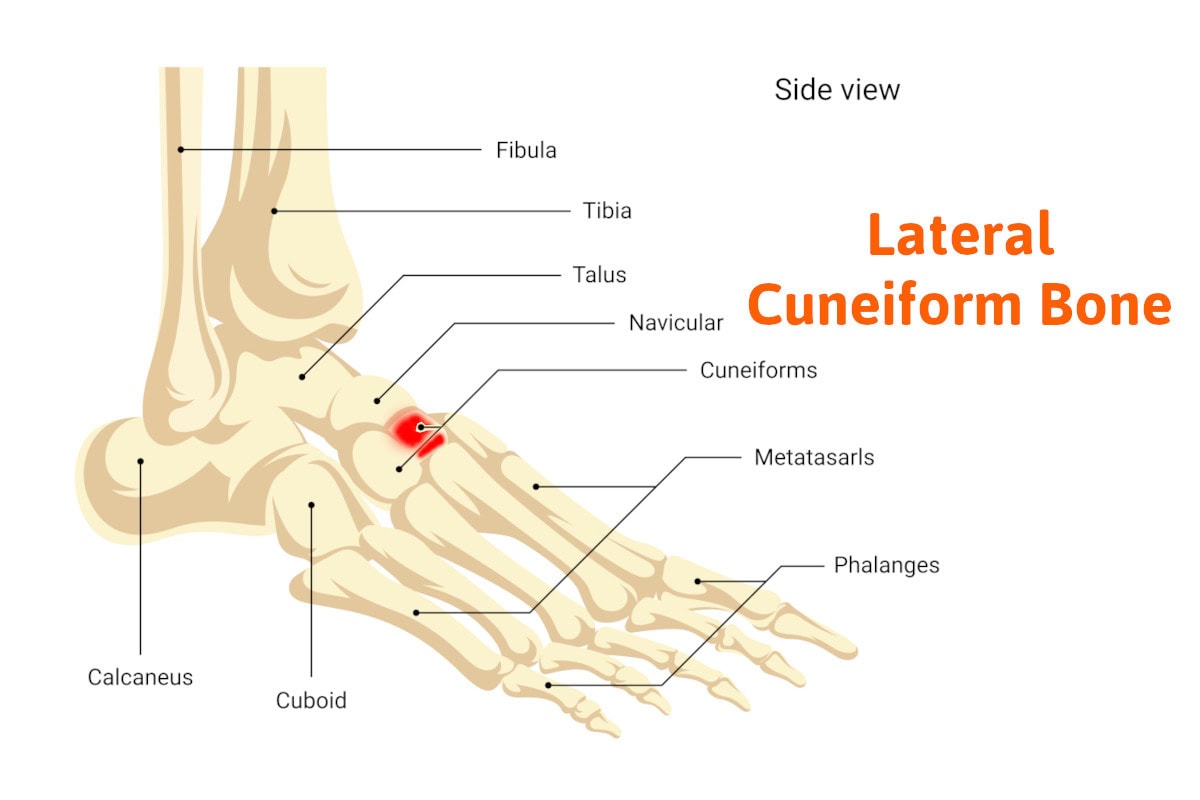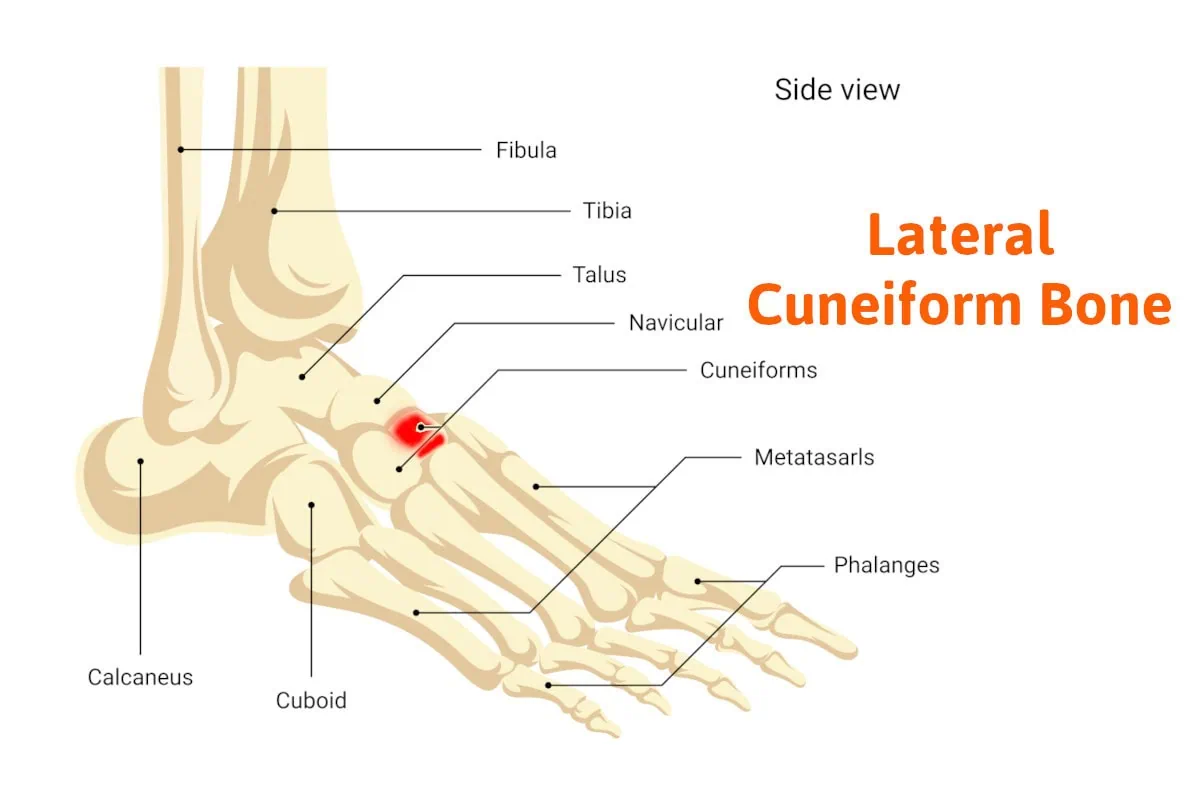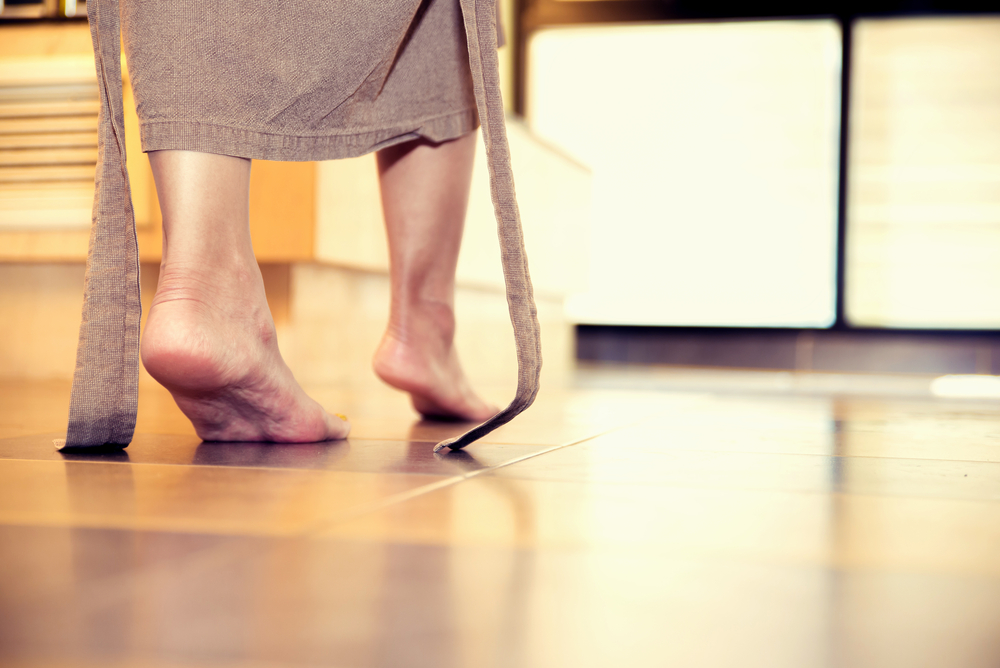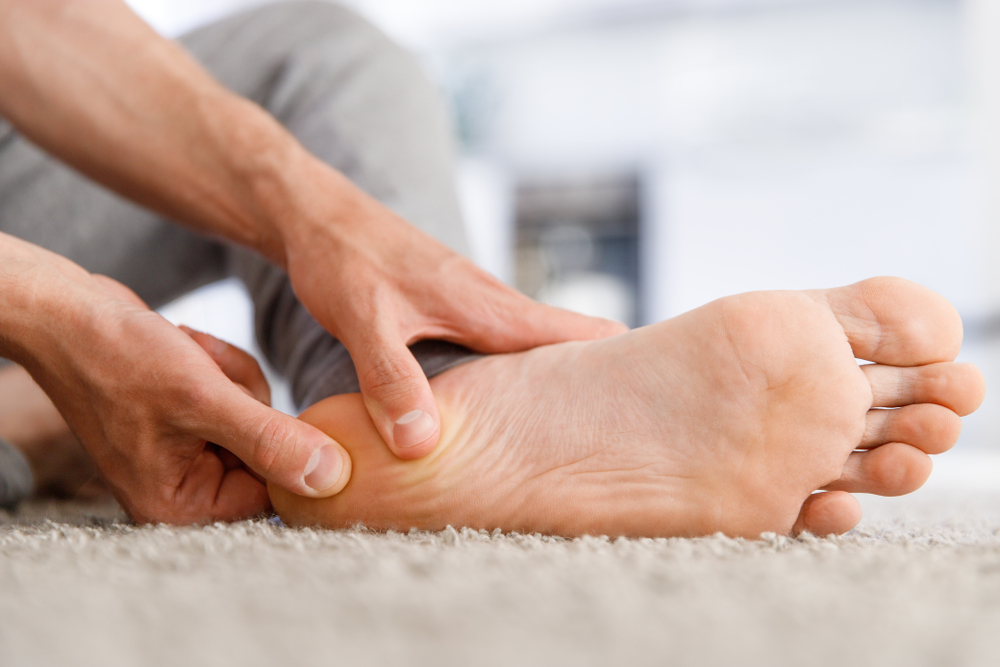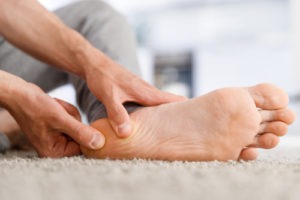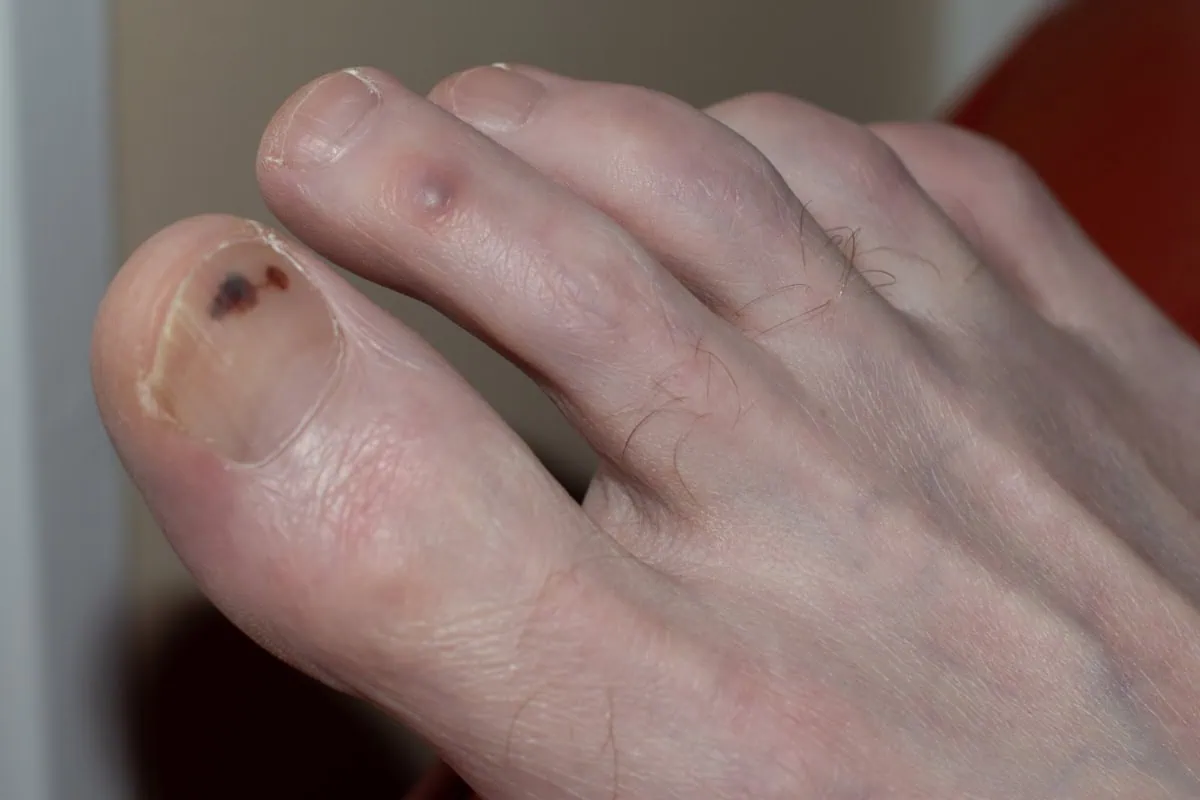
In this blog we will cover what it means if you have black spot on your toenail, whether this is something you should be worried about or something you can ignore, and when to seek medical attention. We will also cover the causes of black spots under the toenail and suggest treatments for black spots that you may want to consider. Black spots and suggest treatment options that you may want to consider.
What can cause a black spot on a toenail?
Fungus
Fungus may be one of the most common causes of blackspot on the toenails. Toenail fungus is more likely to cause yellow discoloration, but there is one form of fungus that’s called tinea nigra that could cause a black spot under the toenails. If the toenail has significant thickening from the toenail fungus, this could lead to increased pressure on the skin beneath the nail especially when wearing shoes that are too tight. The blood vessels in this area break open and lead to bleeding causing a black appearance on the nail bed
Trauma
Trauma to the nailbed may occur from dropping something on your foot may be the cause of a black spot on your toenail. It could also be from minor injuries from when you hike, run, or walk for long distances. The shoe irritation can lead to skin irritation beneath the nail.
Medical Conditions
Certain medical conditions may lead to unhealthy nails such as diabetes mellitus or autoimmune diseases that has a negative effect on the immune system that fight against fungus. Kidney diseases may also lead to the development of a black spot on toenail.
Pseudomonas Infection
This is a type of bacterial infection that can cause green type of discoloration but may also present with brown discoloration associated with it.
Toenail Polish
Generally speaking, toenail polish is not healthy for the nail and could cause damage to the nail which may result in dark patches or discoloration.
Melanoma
Melanoma is a form of skin cancer that may occur underneath the toenail. This is commonly referred to as subungual melanoma. There are many types of skin cancer, but melanoma is the most common type of skin cancer that causes the black appearances on the nail. The area that is blackened will usually run along the length of the nail which is a linear type of presentation and over time tends to expand.
Treatment Options for Black Spots on the Toenail
Surgery
Surgery may be recommended by your podiatrist if the nail has been traumatized, and the cause of the black discoloration is blood beneath it. If a significant amount of nail has been detached from the skin that it is anchored to, it may be advisable to go ahead and remove the entire nail as this will potentially help with the new nail growth so that it will not become deformed. It may also be necessary to relieve the pain associated with this injury. Surgery may also be indicated if melanoma is suspected, and the podiatrist may submit skin tissue sample to a lab for further evaluation for possible melanoma.
If the black toenails are caused by medical conditions, it is important that these medical conditions such as diabetes are managed appropriately as this will improve the general health of the patient and the patient’s immune system. This may also help the body’s ability to fight off fungal or bacterial infections.
Elimination of Toenail Fungus
There are three primary ways that toenail fungal infection can be treated and they are the following:
- Topicals – There are various topical treatments that can be used that are available over the counter, or you may schedule a visit with your podiatrist and get prescriptions for topicals that may be more effective. Generally, topicals do not work very well and need to be used very in early stages when the toenail is not that severe.
- Oral medication – Lamisil is a common oral medication that can be used and has more effectiveness than topical medication. However, it is toxic to the liver and many doctors are hesitant using it. It is also important to get your liver health checked before this medication is prescribed.
- Laser nail treatment – laser nail treatment is the most successful option for eliminating toenail fungus. In this practice, we use a Pinpoint Laser that generates pulses of light into the nail. The light that is pulsing is very hot, but the pulses are occurring so rapidly that most patients have no discomfort and no head is noted. There are no known side effects, and this usually requires a minimum of three treatments sessions.
Melanoma Treatment
If melanoma is suspected, it is important that is it appropriately diagnosed and treated. If left untreated, melanoma can spread to other parts of the body. Treatment of melanoma for most patients involve consultation with a dermatologist who may excise the melanoma and evaluate for possible spread of the tumor and treat appropriately.
One of many ways you can avoid dark spots on your toenails is by keeping your feet clean, dry, and by wearing breathable shoes. Shoes that do not breathe allow for more perspiration in your shoes and this may play a role in increasing the odds of getting toenail fungus which can lead to dark spot on your toenail. It is important to make sure you select your shoe gear appropriately especially when you are very active with activities such as running or skiing. Most importantly, if black spots are found on your toenail and it appears to run the length of the nail and is expanding, it is important to take precautions and make sure you see a foot specialist or a dermatologist to rule out melanoma.
Noticed a black spot on your toenail? Don’t ignore it—early diagnosis is key! Our expert foot specialists in Fort Collins and Broomfield are here to help.
Call us today at our Fort Collins location (970) 329-8158, Broomfield location (303) 997-2795, Surgery Center (970) 329-8158, or use our online scheduling system to book your appointment.
